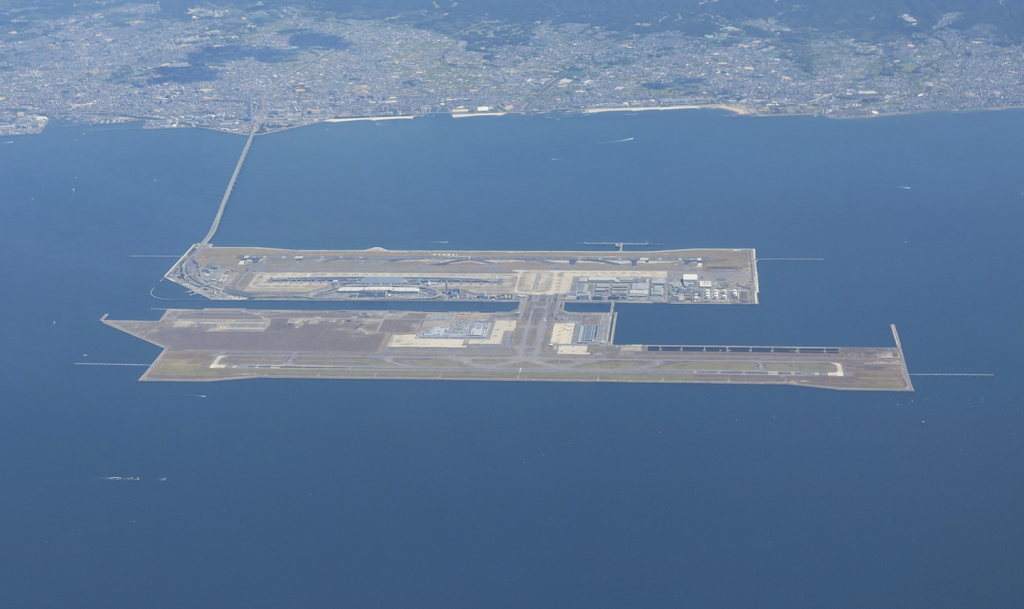In just its first eight years, the island sank over 12 meters.
Others are reading now
Airports are not just transit points; they are symbols of engineering prowess and a gateway to global connections.
Building one on an artificial island was an ambitious idea that pushed the boundaries of technology.
Kansai International Airport in Japan stands as a testament to such innovation, though its story has been as much about problem-solving as it has been about engineering triumphs.
Also read
Sank 12 Meters
Opened in 1994, Kansai International Airport was the first in the world built entirely on a man-made island.
The airport was a solution to Osaka’s need for more air traffic capacity, as the dense urban environment left little room for expansion, according to Hotnews.
Constructing the island in Osaka Bay required years of planning and an investment of $14 billion, a figure that would equate to $40 billion today.
The airport’s design accounted for the fact that reclaimed land would settle over time. Engineers predicted a gradual sinking of about eight meters over 50 years.
Reality has been far less forgiving. In just its first eight years, the island sank over 12 meters, and by 2023, the total subsidence reached 13.61 meters.
Currently, the island continues to descend by six centimeters annually, posing ongoing challenges for airport operations.
This sinking is caused by the compressing clay layers beneath the island. While measures were taken to stabilize the top layers, the deeper sections continue to settle unpredictably.
These issues have led to significant costs, with more than $100 million spent to maintain the island’s elevation above sea level.
The airport also contends with natural disasters. In 2018, Typhoon Jebi caused extensive flooding, forcing a temporary closure. Since then, protective seawalls have been raised, and runways elevated to reduce future risks.
Despite these challenges, Kansai remains a critical part of Japan’s infrastructure.
It handled nearly 26 million passengers in 2023 and is undergoing $470 million in renovations to enhance its facilities.
As the gateway to the Osaka Expo 2025, the airport continues to play a key role, even as experts warn that further sinking may require substantial interventions in the decades ahead.


